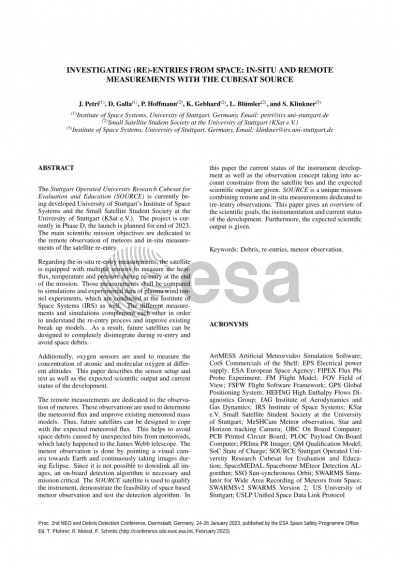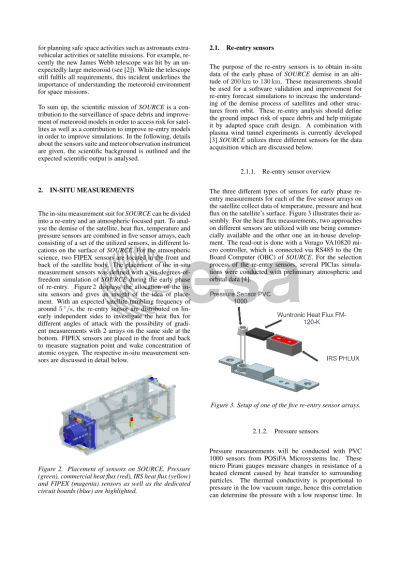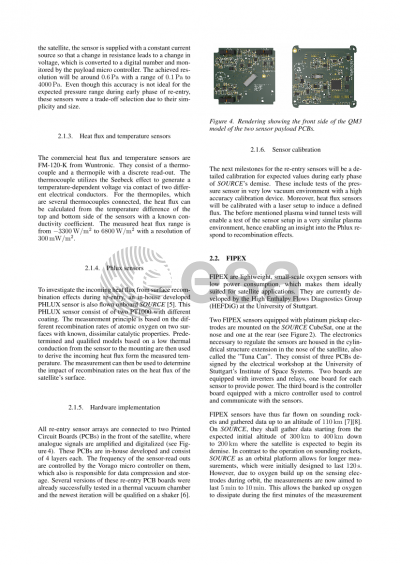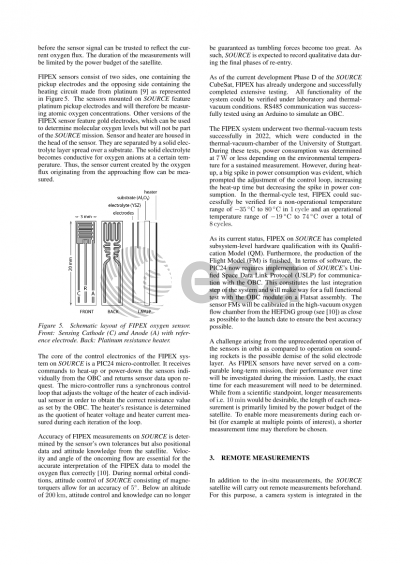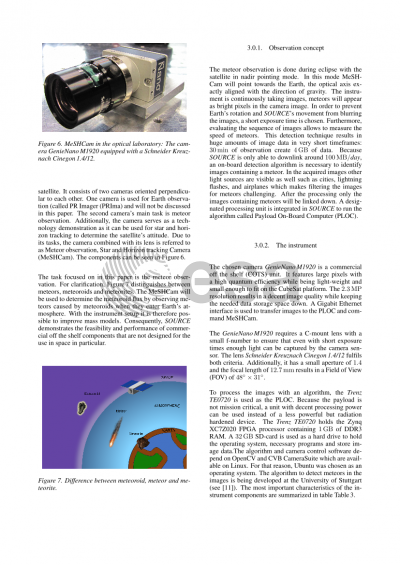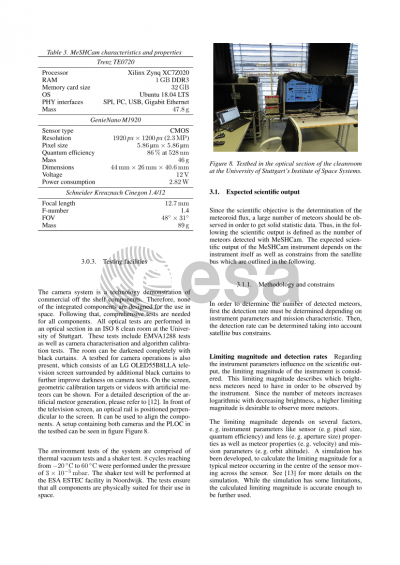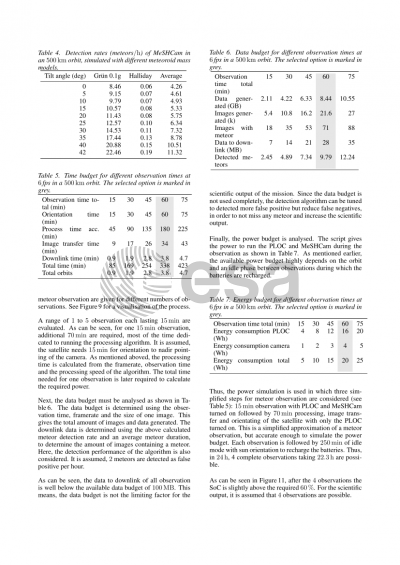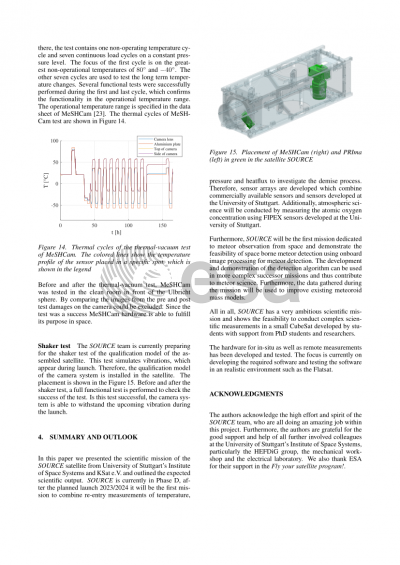Document details

Abstract
The Stuttgart Operated University Research CubeSat for Evaluation and Education (SOURCE) is currently being developed at the University of Stuttgart by the Institute of Space Systems (IRS) and the small satellite student society (KSat e.V.). The project is currently in Phase D, the launch is planned for end of 2023. The main scientific mission objectives are dedicated to the remote observation of meteors and in-situ measurements of the satellite re-entry.
Regarding the in-situ re-entry measurements, the satellite is equipped with multiple sensors to measure the heatflux and pressure during re-entry at the end of the mission. Those measurements shall be compared to simulations and experimental data von plasma wind tunnel experiments, which are conducted at the IRS as well. The different measurements and simulations complement each other in order to understand the re-entry process and improve existing break up models. As a result, future satellites can be designed to completely disintegrate during re-entry and avoid space debris. Additionally, oxygen sensors are used to measure the concentration of atomic and molecular oxygen at different altitudes. This paper describes the sensor setup and test as well as the expected scientific output and current status of the development.
The remote measurements are dedicated to the observation of meteors. These observations are used to determine the meteoroid flux and improve existing meteoroid mass models. Thus, future satellites can be designed to cope with the expected meteoroid flux. This helps to avoid space debris caused by unexpected hits from meteoroids, which lately happened to the James Webb telescope. The meteor observation is done by pointing a visual camera towards Earth and continuously taking images during Eclipse. Since it is not possible to downlink all images, an on-board detection algorithm is necessary and mission critical. The SOURCE satellite is used to qualify the instrument, demonstrate the feasibility of space based meteor observation and test the detection algorithm. In this paper the current status of the instrument development as well as the observation concept taking into account constrains from the satellite bus and the expected scientific output are given.
SOURCE is a unique mission combining remote and in-situ measurements dedicated to (re-)entry observations. This paper gives an overview of the scientific goals, the instrumentation and current status of the development. Furthermore, the expected scientific output is given.
Preview
